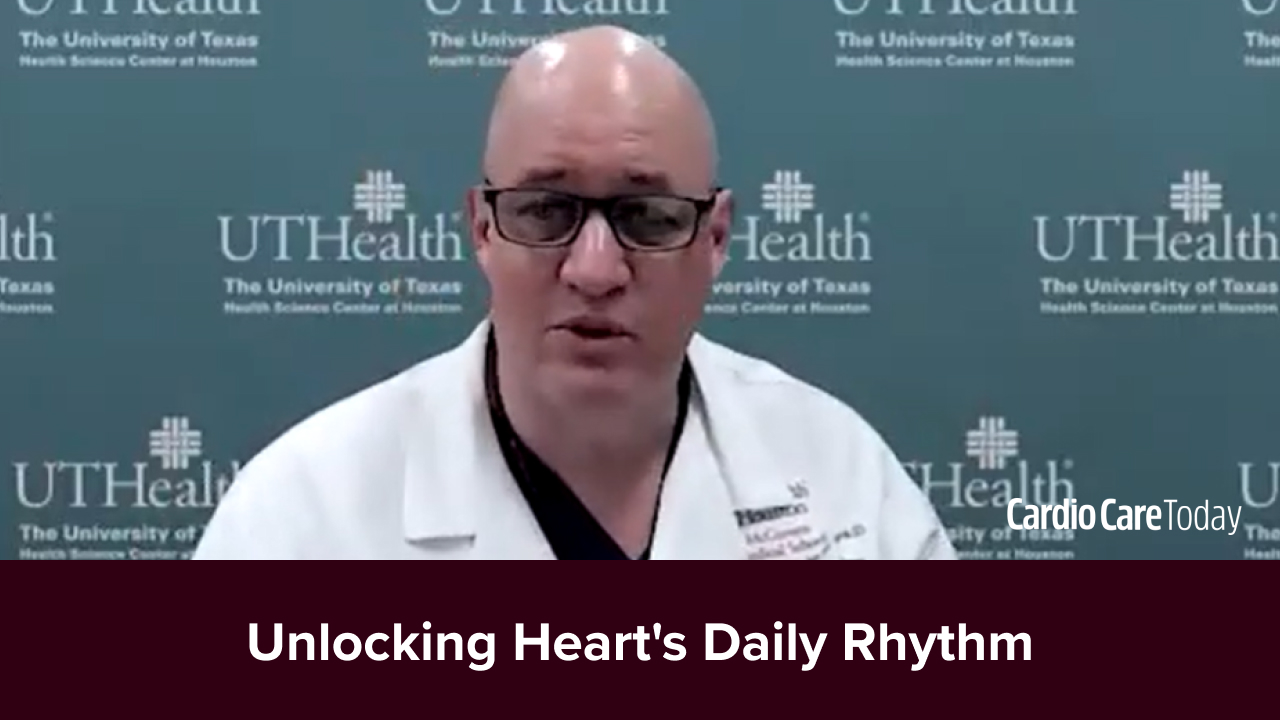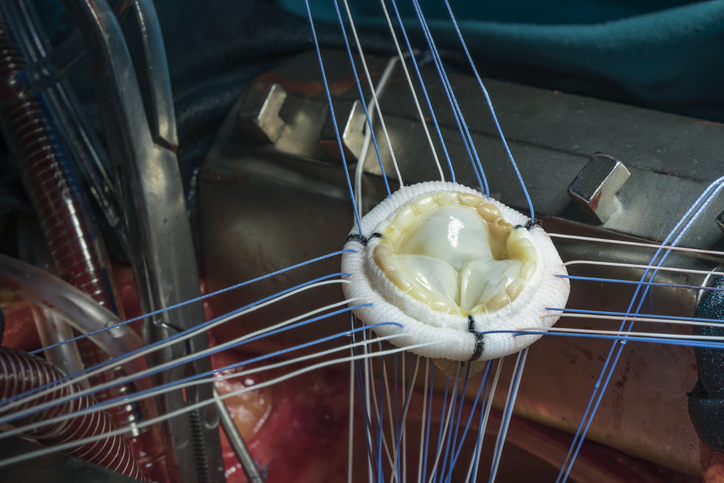
Editor’s Note: This dispatch from ACC.21 was written by Daniel Pipilas, MD, a general cardiology fellow at Massachusetts General Hospital. Dr. Pipilas is also a correspondent with CardioNerds (@CardioNerds), a DocWire News partner. Follow Dr. Pipilas on Twitter (@DPipilasMD).
WASHINGTON– A randomized clinical trial that investigated patients who suffered out-of-hospital cardiac arrest (OHCA) with a hyperinvasive resuscitation approach was terminated early when the hyperinvasive approach showed benefit in a subset of patients. The study results were presented at the American College of Cardiology Scientific Session (ACC.21).
OHCA occurs in more than 350,000 people per year in the US.1 Despite efforts to increase basic life support education and access to automated external defibrillators, meaningful survival is poor. In cases of refractory OHCA, placing patients on VA-ECMO while CPR is ongoing (E-CPR) has shown promise in small observational studies and one small RCT (ARREST trial).2 Current guidelines do not comment on the use of E-CPR.
Jan Belohlavek, MD, PhD and colleagues enrolled 256 out of 4,345 adult patients who experienced a witnessed OHCA from a presumed cardiac cause and randomized them to a standard arm, where they received usual post-cardiac arrest care, or a hyperinvasive arm, as described above. The authors found no statistically significant difference between groups for the primary endpoint of 6-month survival with good-neurologic outcomes. The rate of bystander CPR was high in both groups, and the causes of cardiac arrest were similar. Despite negative results, the study was terminated early due to a benefit in certain subgroups, specifically those who were resuscitated for more than 45 minutes. In addition, 180-day mortality and 30-day neurological outcomes were better in the hyperinvasive group overall.
Dr. Belohlavek noted that prerequisites for successful resuscitation efforts include high quality prehospital care, effective bystander CPR, and close cooperation with experienced cardiac arrest centers. He also noted that patients in the standard group had significantly better outcomes than predicted, which was attributed to the intensive training of the study teams.
Despite a negative primary endpoint, these results suggest that certain patients who receive early bystander CPR and are treated in highly specialized centers may derive benefit from an invasive resuscitation strategy. Ultimately, more data is needed to determine the role of E-CPR in patients who suffer OHCA, but this study demonstrated that E-CPR is safe and may provide benefit in patients who require prolonged resuscitative efforts.
References
- Kelly E, Pinto DS. Invasive Management of Out of Hospital Cardiac Arrest. Circ Cardiovasc Intv. 2019;12(9). https://doi.org/10.1161/circinterventions.118.006071
- Dennis M, Lal S, Forrest P, et al. In‐Depth Extracorporeal Cardiopulmonary Resuscitation in Adult Out‐of‐Hospital Cardiac Arrest. Journal of the American Heart Association. 2020;9(10). https://doi.org/10.1161/jaha.120.016521
Hyperinvasive Approach in Cardiac Arrest
➡️early transport to 🏥 (mechanical CPR)
➡️#ECPR
➡️immediate invasive study
feasible/effective to ⬆️survival w good neuro-outcome CPC 1-2 in refractory (to ACLS) OHCA ‼️
Prague #OHCA study results @jan_belohlavek @ACCinTouch #ACC21 #ECMO pic.twitter.com/cVggiEyggQ— M Velia Antonini (@FOAMecmo) May 17, 2021
Jan Belohlavek presents the Prague OHCA trial: Hyperinvasive approach is feasible and effective treatment strategy in refractory OHCA. Full slide deck:https://t.co/COM0I2pHOZ #ACC21 pic.twitter.com/jScclkPhDv
— C. Michael Gibson MD (@CMichaelGibson) May 17, 2021







 © 2025 Mashup Media, LLC, a Formedics Property. All Rights Reserved.
© 2025 Mashup Media, LLC, a Formedics Property. All Rights Reserved.